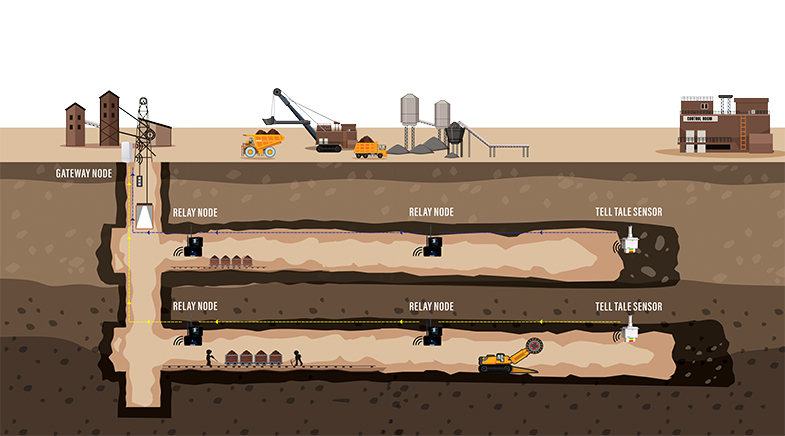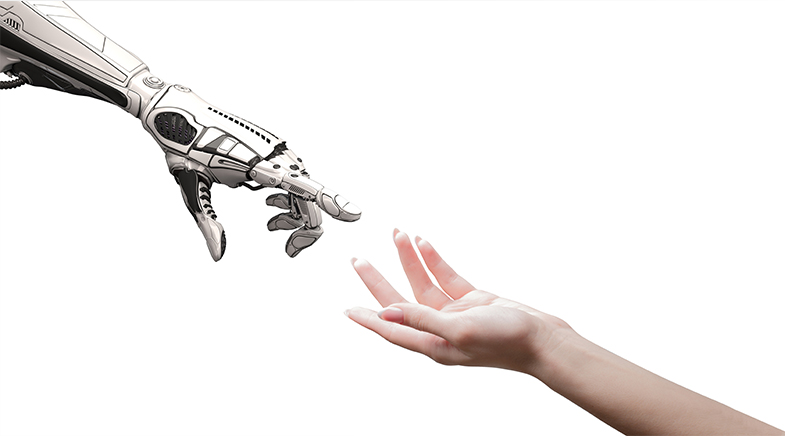Fantastic plastic!
-
- from Shaastra :: vol 03 issue 11 :: Dec 2024 - Jan 2025

Researchers across the world are battling toxic plastic by developing new materials, including biodegradables, from it.
Microplastic that breaks down in seawater is an environmentalist's dream. That's because, as scientists studying the impact of plastics have been stressing for the past decade or so, microplastics have to be dealt with urgently, as animals — including human beings — are ingesting tiny plastic particles.
The stockpiling of garbage in cities is a problem that researchers are grappling with. Plastics form a major part of city dumps. According to one estimate, the world produced nearly 414 million tonnes of plastic in 2023 (bit.ly/plastic-production). Toxic microplastics are in the air, soil and food — endangering lives and the planet.
But now a solution seems to be around the corner. Among those attempting to find a lasting solution to the microplastic problem is Japanese polymer chemist Takuzo Aida. Aida, a Professor at Japan's RIKEN Center for Emergent Matter Science, has created a new plastic material that breaks down into two constituent monomers easily metabolised by microorganisms. In a work published recently in Science (bit.ly/Plastic-Aida), the Japanese team said the new plastic is biodegradable, but as strong as conventional plastic.
PAST ISSUES - Free to Read


Have a
story idea?
Tell us.
Do you have a recent research paper or an idea for a science/technology-themed article that you'd like to tell us about?
GET IN TOUCH














